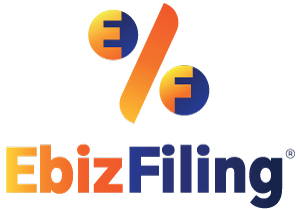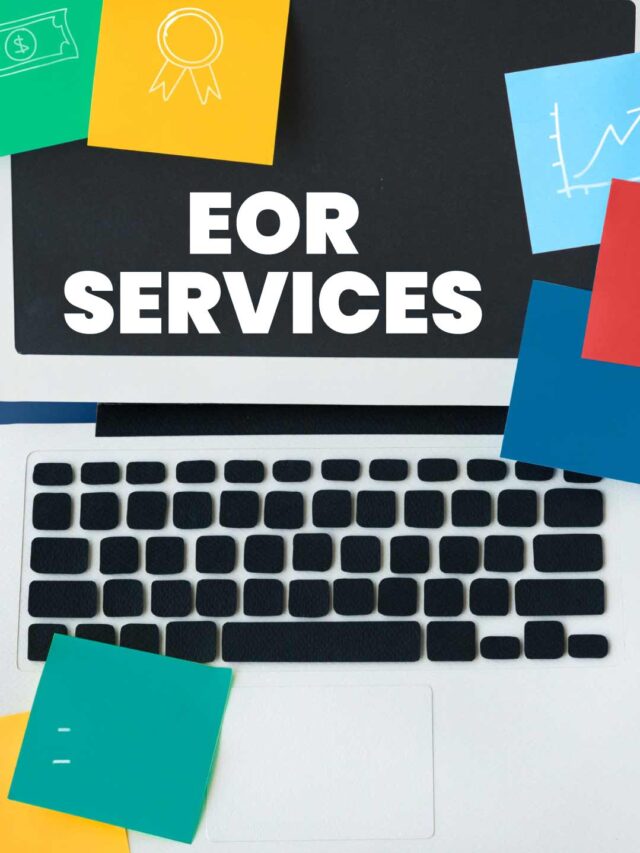
-
June 4, 2025
Corporate Tax Rates in India in 2025: Latest Slabs and Key Updates
Introduction
Corporate tax rate in India is the percentage of tax that companies need to pay on their profits. In 2025, the Government of India continues to offer different tax rates for domestic and foreign companies. Knowing the latest corporate tax rates helps businesses plan their finances better and stay compliant. This blog will explain the current tax rates, new updates, and other key details for companies in India.
What is Corporate Tax?
Corporate tax is the tax that companies pay to the government on the profits they earn. It applies to both domestic and foreign companies doing business in India. The tax is calculated after deducting all business expenses from the total income. Corporate tax is an important source of revenue for the government and is governed by the Income Tax Act, 1961. It ensures that companies contribute their fair share towards the country’s economic development.
Corporate Tax Rate in India
Corporate tax is one of the most important taxes that companies in India must pay on their profits. The corporate tax rates are different for domestic companies and foreign companies, and they also vary depending on the chosen tax regime and annual turnover. Let’s understand the tax rates for both categories in simple terms.
For Domestic Companies
Domestic companies are those that are registered in India and managed from within the country. In 2025, the tax rates for such companies depend on two things; their turnover and whether they choose the old regime (with exemptions and deductions) or the new optional regime (with lower rates but no exemptions).
- Under the Old Tax Regime:
Under the old tax regime, domestic companies in India can claim various deductions and exemptions. In the financial year 2025, companies with a turnover up to ₹400 crore (in FY 2022–23) are taxed at 25%, while those with a turnover above ₹400 crore are taxed at 30%. In addition to the basic tax rate, a surcharge of 7% applies if the income is between ₹1 crore and ₹10 crore, and 12% if the income exceeds ₹10 crore. A 4% Health and Education Cess is also levied on the total of income tax and surcharge. - Under the New Tax Regime (Optional):
To make doing business easier, the government introduced an optional new tax regime with lower tax rates, but without the benefit of exemptions or deductions. Under Section 115BAA, any domestic company can choose to pay tax at 22%, which comes to an effective rate of 25.17% after adding surcharge and cess. However, they must give up claims like additional depreciation or investment-related deductions. For newly set-up manufacturing companies, Section 115BAB offers an even lower tax rate of 15%, with an effective rate of 17.16%. - Minimum Alternate Tax (MAT):
Minimum Alternate Tax (MAT) is applicable to companies that do not opt for the new tax regime. The MAT rate is 15%, along with additional surcharge and cess. However, companies that choose to follow the tax rates under Section 115BAA or 115BAB are not required to pay MAT.
For Foreign Companies
Foreign companies are those incorporated outside India but earn income from Indian operations. This could be through a branch, partnership, or any other business agreement or arrangement in India. The tax treatment for foreign companies differs based on the type of income they earn from Indian sources.
- Income from Royalty or Technical Services: If a foreign company receives royalty or fees for technical services from the Indian business or an Indian Government, the tax rate is 50%.
- Income from Other Sources: For other types of income, such as interest, capital gains, or income from business operations, the tax rate is 35%.
Surcharge and Health & Education Cess
Surcharge:
Domestic companies must pay a surcharge on the income tax amount once their net income crosses certain thresholds. If their income exceeds ₹1 crore but remains below ₹10 crore, they pay a 7% surcharge. If their income goes beyond ₹10 crore, the surcharge increases to 12%. Foreign companies face slightly lower surcharge rates: they pay 2% when their income falls between ₹1 crore and ₹10 crore, and 5% if it exceeds ₹10 crore.
Health & Education Cess:
The government levies the Health and Education Cess as a compulsory tax on the total income tax and any applicable surcharge. It collects this cess to fund health and education initiatives across the country. The current rate is 4%, and authorities apply it only after calculating the income tax and surcharge amounts.
Latest Amendments and Budget 2025 Updates
- Lower Tax Rate for Foreign Companies: The tax rate for foreign companies has been reduced from 40% to 35% to attract global investments.
- Elimination of Equalization Levy: The 2% Equalization Levy on foreign e-commerce companies has been withdrawn effective 1st August 2024.
- Extended Tax Holiday for Start-ups: The deadline to register and avail tax holiday has been extended from 31st March 2025 to 31st March 2030.
- Presumptive Taxation for Non-Resident Service Providers: Foreign electronics service providers can opt for taxation on 25% of total payments as deemed income.
- Simplified Tax & TDS Rules: Budget 2025 merged charitable trust exemptions into one structure, reduced TDS on e-commerce operators from 1% to 0.1%, and removed TDS on mutual fund repurchases.
Old vs New Corporate Tax Regime
| Tax Regime | Applicable To | Base Rate | Effective Rate (with surcharge & cess) | Deductions Allowed | MAT Applicable |
|---|---|---|---|---|---|
| Old Regime | All Domestic Companies | 25% or 30% | Varies with income (up to 34.94%) | Yes | Yes |
| New Regime (115BAA) | Any Domestic Company | 22% | 25.17% | No | No |
| New Regime (115BAB) | New Manufacturing Companies | 15% | 17.16% | No | No |
Conclusion
In 2025, India’s corporate tax structure continues to offer flexibility and competitive rates for both domestic and foreign companies. With the option to choose between old and new tax regimes, businesses can plan taxes as per their needs. The latest Budget updates also aim to simplify tax procedures and boost investment. Staying informed about these changes is essential for smooth financial planning and compliance.
Suggested Read :
Corporate Tax Rate for companies
Form 10IC and Form 10ID of IT Act
Tax Rate on Domestic Company in India
Startup Filing and Tax Exemption in India
Donation Tax Deductions Under Section 80G
FAQs
1. What is the corporate tax rate for domestic companies in 2025?
Domestic companies can pay 25% or 30% under the old regime, or opt for 22% or 15% under the new tax regime depending on their eligibility.
2. Is the new tax regime mandatory for companies?
No, the new tax regime is optional. Companies can choose between the old regime (with deductions) or the new one (with lower rates but no deductions).
3. What is the corporate tax rate for foreign companies in 2025?
The general tax rate for foreign companies is now 35%, and 50% on royalty or technical service fees received from Indian entities.
4. Do companies still have to pay MAT under the new regime?
No, companies that opt for Section 115BAA or 115BAB under the new regime are exempt from paying Minimum Alternate Tax (MAT).
5. What is the current rate of Health and Education Cess?
A 4% Health and Education Cess is charged on the total of income tax and surcharge, applicable to both domestic and foreign companies.
Company Annual Filing
File your annual returns in simple steps with Ebizfiling
About Ebizfiling -










December 18, 2025 By Dhruvi
Essential compliance knowledge every startup coach should know Introduction Startup coaches and mentors play a powerful role in a founder’s journey. Founders trust them for direction, validation, and early decisions. In many cases, a coach’s advice shapes how a startup […]
December 18, 2025 By Steffy A
OIDAR and Foreign Startups: Fixing India’s Compliance Fear Introduction OIDAR rules play a major role in how foreign startups enter India’s fast-growing digital economy. From SaaS platforms and online tools to streaming and app-based services, India closely tracks how digital […]
December 15, 2025 By Steffy A
Compliance Calendar in the Month of January 2026 Introduction As January 2026 begins, businesses, professionals, and taxpayers must prepare for multiple statutory compliance deadlines. This month includes important monthly and quarterly filings under GST, PF, ESI, and Income Tax laws. […]